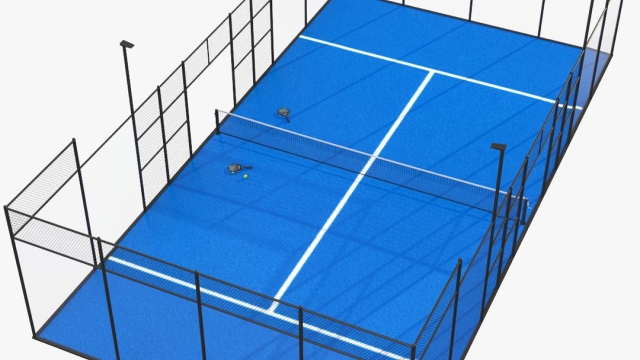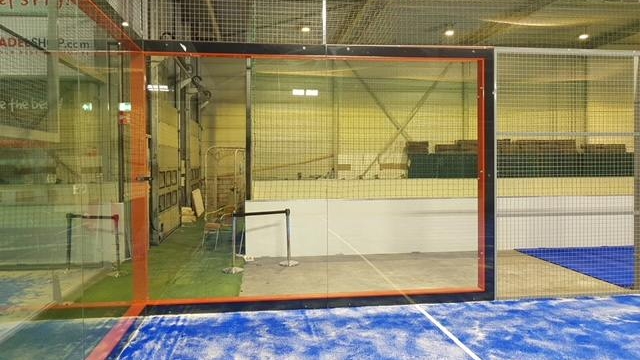
Unleashing the Rustic Charm: The Art of Log Cabin Construction
Are you ready to embark on a journey back in time? Step into the world of log home construction, where nature and craftsmanship intertwine to create rustic havens of tranquility. In this article, we will delve into the art of log cabin construction, exploring the skills and expertise of the log home builders who bring these timeless structures to life.
There is an undeniable allure to log cabins – their sturdy frames formed from handcrafted logs, their timeless beauty standing in harmony with the surrounding landscapes. These structures not only evoke a sense of nostalgia but also serve as a testament to the resilience and resourcefulness of our ancestors. Today, log home builders continue to honor this rich tradition while incorporating modern techniques and materials to offer us the best of both worlds.
Now, close your eyes and visualize a picturesque log cabin nestled amidst towering trees, its walls embracing the natural contours of the land. A log home builder’s meticulous attention to detail results in a structure that not only exudes charm and character but also stands strong against the test of time. From the selection of the perfect logs to the intricacies of joinery, these craftspeople are the masters who transform a pile of timber into an inviting retreat.
Join us as we delve deeper into the realm of log home construction, uncovering the secrets behind the mesmerizing charm that log cabins possess. Discover the artistry and dedication of log home builders who continue to weave enchanting tales through their log cabin creations. So grab a warm mug of cocoa, get cozy, and let’s unlock the magic of log cabin construction together.
History of Log Cabin Construction
Log cabin construction has a rich and fascinating history that dates back centuries. It is believed to have originated in Northern Europe and quickly spread to other parts of the world due to its simplicity and durability. The first log cabins were built by early settlers as a practical and affordable housing option amidst harsh and unforgiving environments.
The construction method of log cabins involves stacking horizontal logs on top of each other to form the walls. Notches or grooves are carefully crafted into the logs to create a secure and sturdy joint. Traditionally, the gaps between the logs were filled with a mixture of mud and grass, known as "chinking," to insulate the cabin and keep out the elements.
In North America, log cabin construction became particularly popular during the Colonial era, as European settlers adapted to the vast wilderness. The abundance of trees and the need for quick and efficient shelter played a significant role in the widespread adoption of log cabins. These structures became symbolic of the pioneering spirit and self-sufficiency of the early settlers.
As time went on, log cabin construction techniques improved and evolved. The introduction of tools, such as saws and axes, allowed for more precise and efficient log shaping. Different regions developed their own unique styles, influenced by the available resources and cultural influences. Today, log cabins continue to be cherished for their rustic charm and timeless appeal.
Log Cabins Scotland
Key Elements of Log Cabins
Log cabins are a prime example of architectural beauty and craftsmanship. These iconic structures blend seamlessly with nature, embodying a rustic charm that is hard to resist. Let’s delve into the key elements of log cabins that make them a timeless favorite among home builders and enthusiasts alike.
Logs: The very foundation of any log cabin lies in its logs. These solid and sturdy timber pieces form the structural framework of the entire building. Carefully selected and handcrafted, the logs create a strong and resilient structure that provides both stability and natural insulation.
Chinking: Chinking refers to the material used to seal the gaps between logs in a log cabin. Traditionally, a combination of clay, sand, and straw called "daub" was used. Nowadays, modern chinking materials like concrete, mortar, or specialized sealants are preferred for their durability and ability to maintain a tight seal. Proper chinking ensures that the log cabin remains weatherproof and energy-efficient.
Corner Styles: One distinctive feature of log cabins is the corner style employed in their construction. The two main types of corner styles used are the dovetail and the saddle notch. The dovetail corner utilizes interlocking notches that resemble the shape of a dove’s tail, providing strength and stability. On the other hand, the saddle notch corner involves carving a notch into one log and placing another log on top, forming a secure joint. These corner styles not only add visual interest but also contribute to the structural integrity of the log cabin.
Log cabins continue to captivate us with their timeless appeal. From the remarkable natural beauty of the logs to the intricate craftsmanship showcased in their construction, these structures represent a harmonious relationship between human ingenuity and the wonders of nature.
Benefits of Choosing a Log Home Builder

When it comes to fulfilling your dream of having a cozy and enchanting log cabin, opting for a professional log home builder can bring you a wealth of benefits. Here are three key advantages that come with choosing a skilled and experienced log home builder.
Expertise and Knowledge: A log home builder possesses specialized expertise and in-depth knowledge of the art of constructing log cabins. With years of experience under their belt, these builders have honed their skills in designing and constructing log homes that stand the test of time. They understand the intricacies and unique challenges involved in working with logs, ensuring that your dream cabin is built to perfection.
Customization and Personalization: One of the most appealing aspects of log home living is the opportunity for customization and personalization. Log home builders are capable of transforming your vision into reality, crafting a one-of-a-kind cabin that perfectly suits your preferences and lifestyle. From choosing the right logs and finishes to incorporating specific design elements, a professional log home builder can create a truly unique masterpiece that reflects your individuality and style.
Quality and Durability: Log homes are known for their remarkable durability and long-lasting appeal. By hiring a log home builder, you can rest assured that your cabin will be constructed using high-quality materials and techniques. These builders have a deep understanding of log construction methods, ensuring that every aspect of your home is built to the highest standards. The result? A log cabin that not only exudes rustic charm but also withstands the test of time, providing you and your loved ones with a comfortable and sturdy retreat for years to come.
In conclusion, choosing a log home builder offers a range of benefits that contribute to the overall success and satisfaction of your log cabin project. Their expertise, ability to customize, and commitment to quality ensure that your dream log home becomes a reality, built with precision, durability, and timeless rustic charm.



